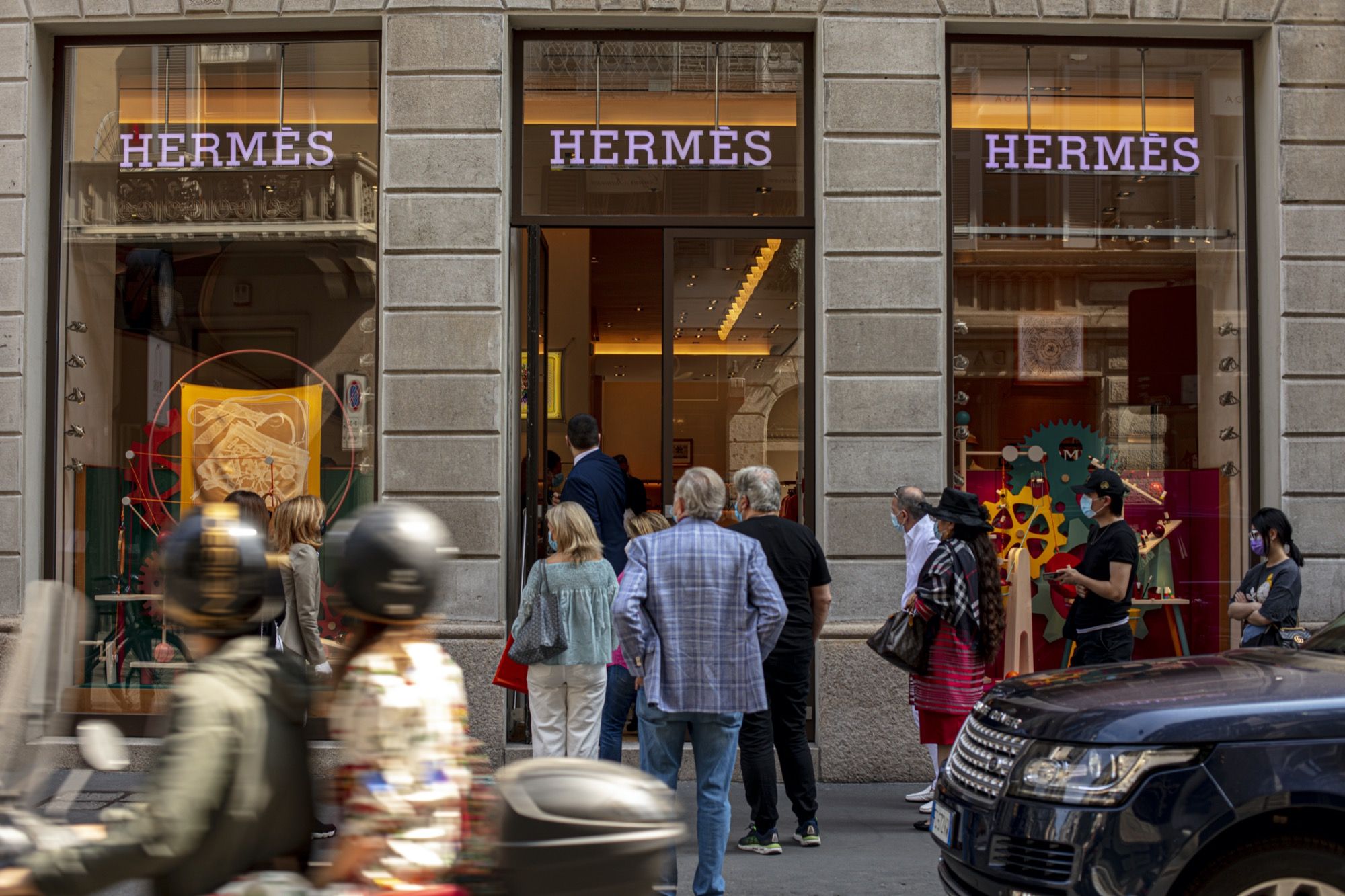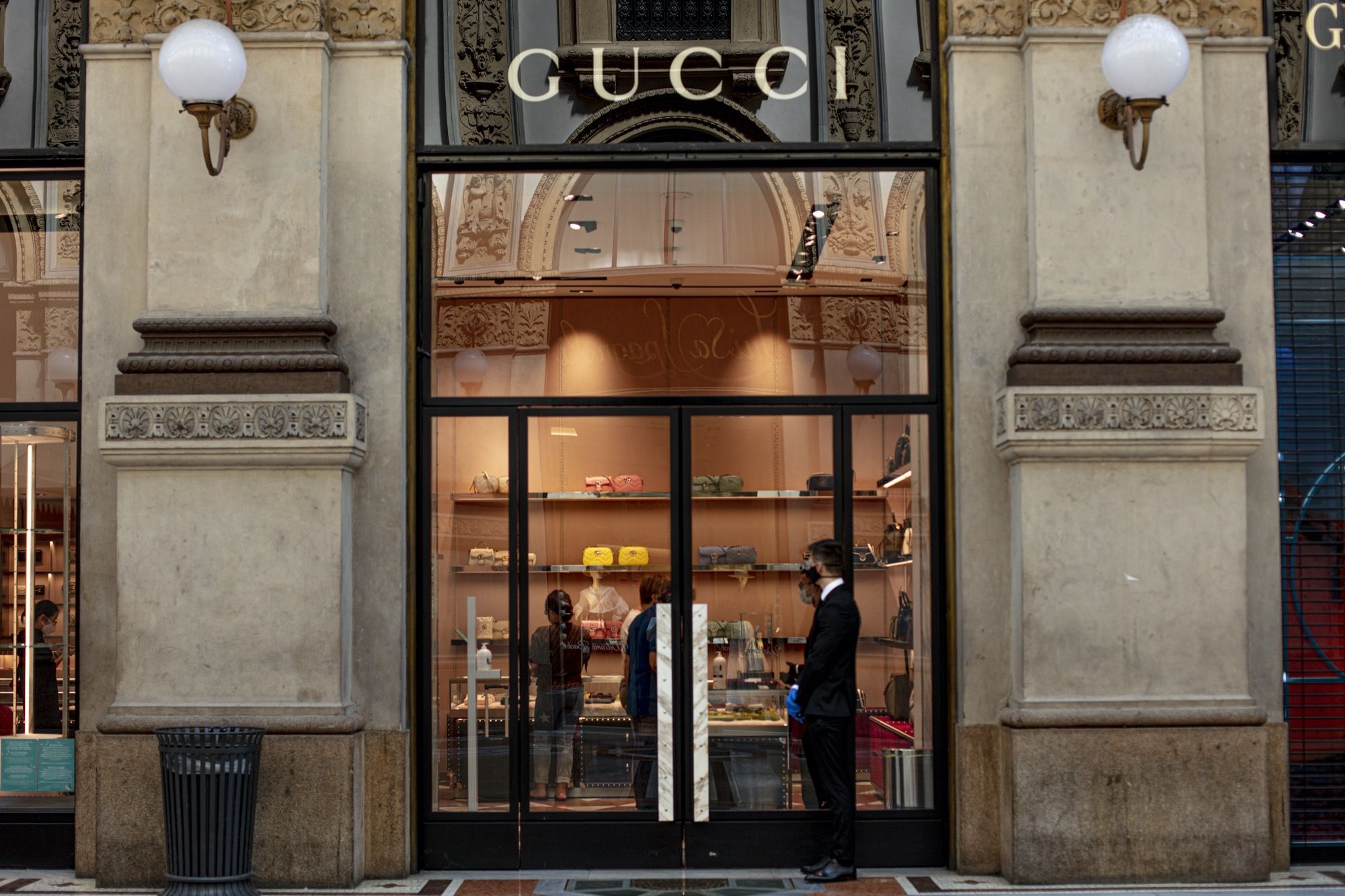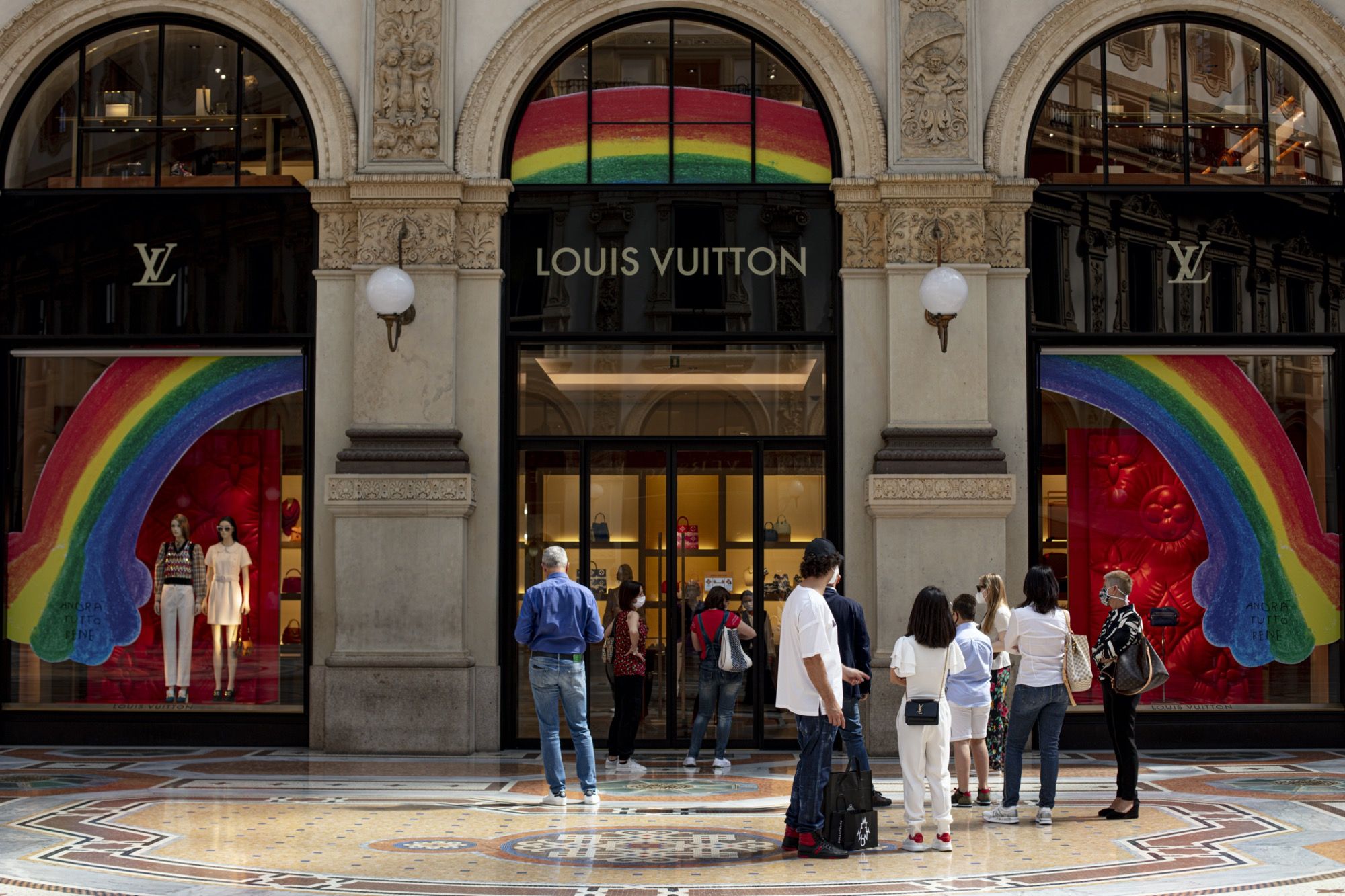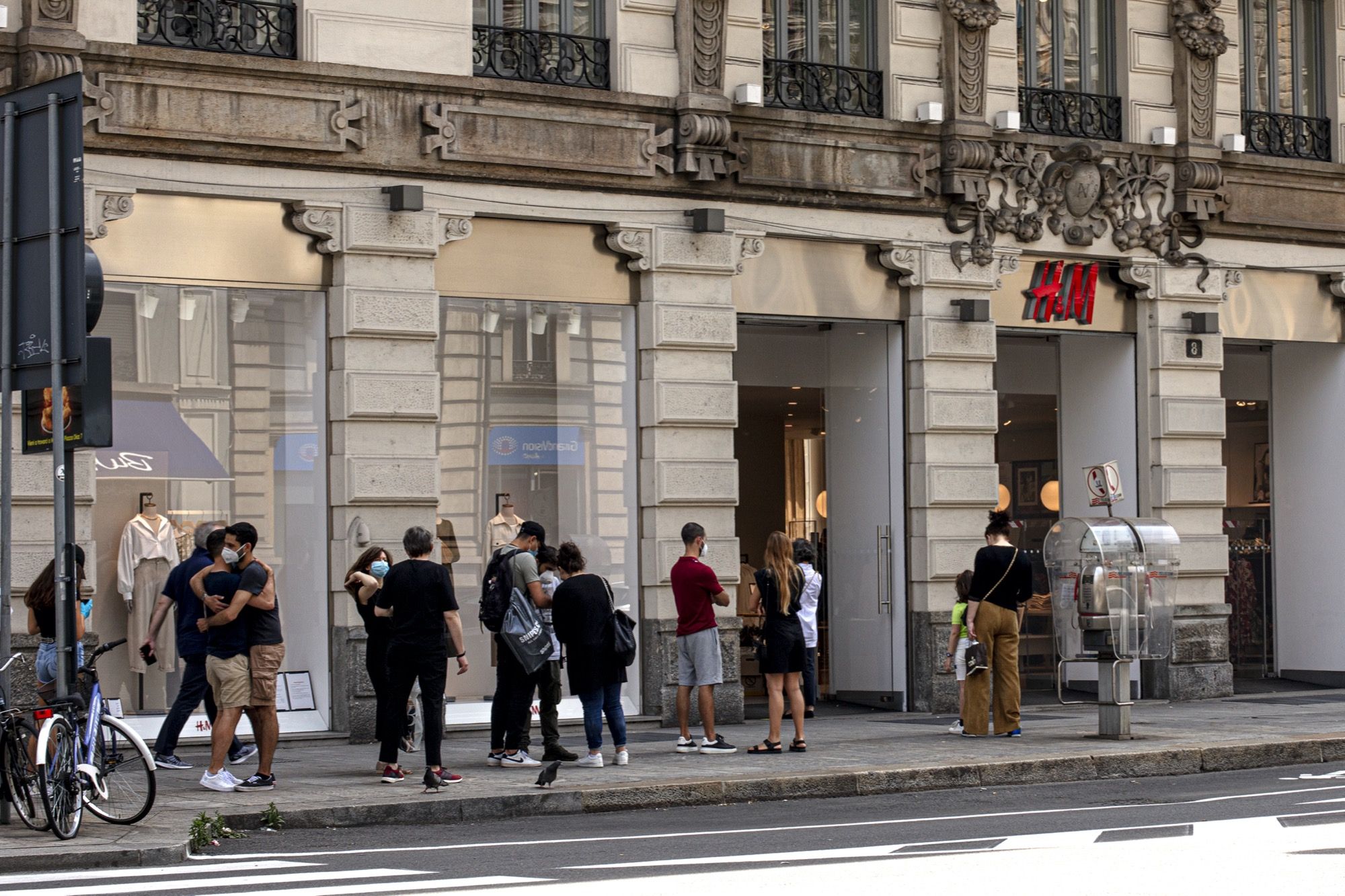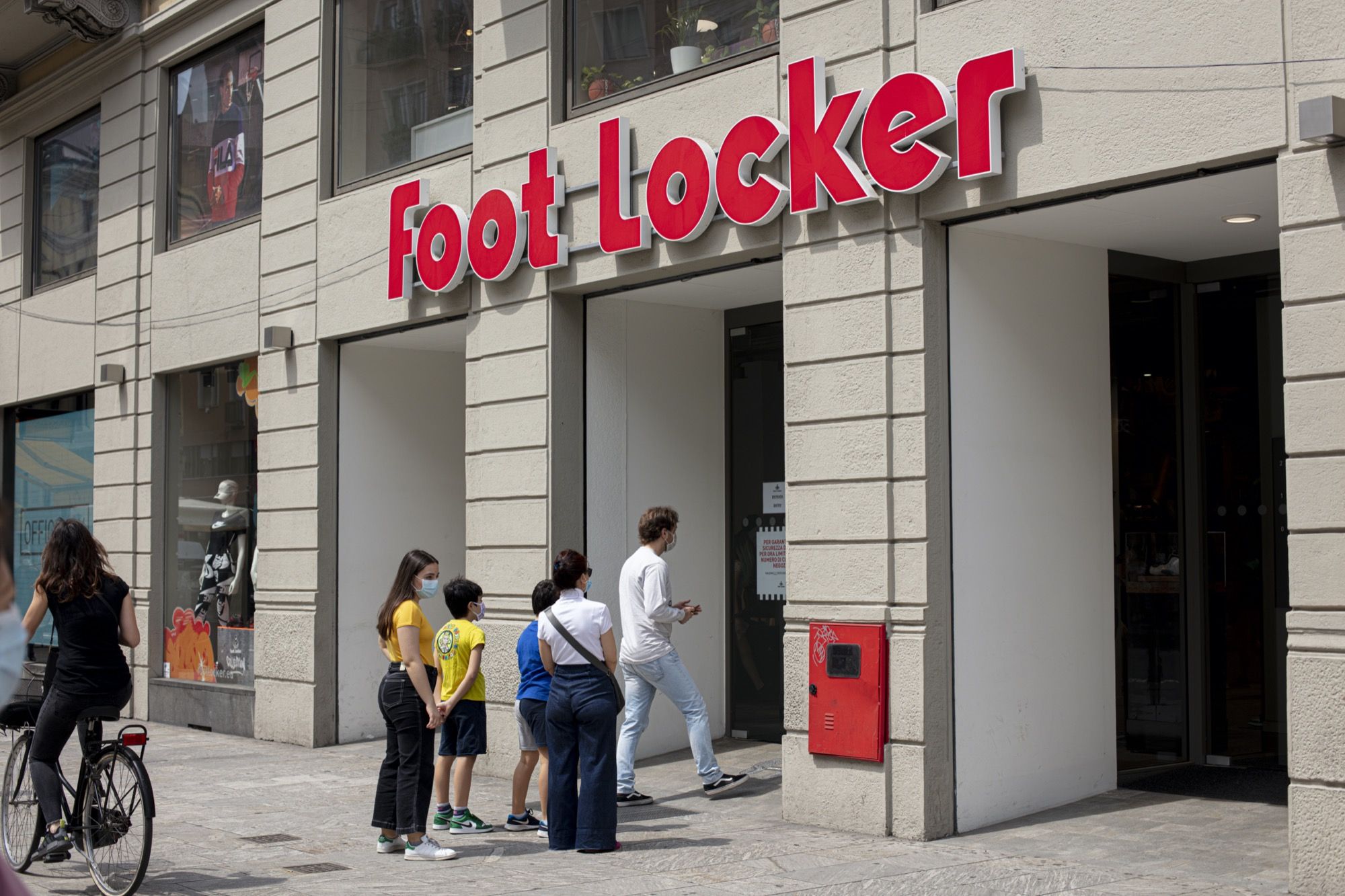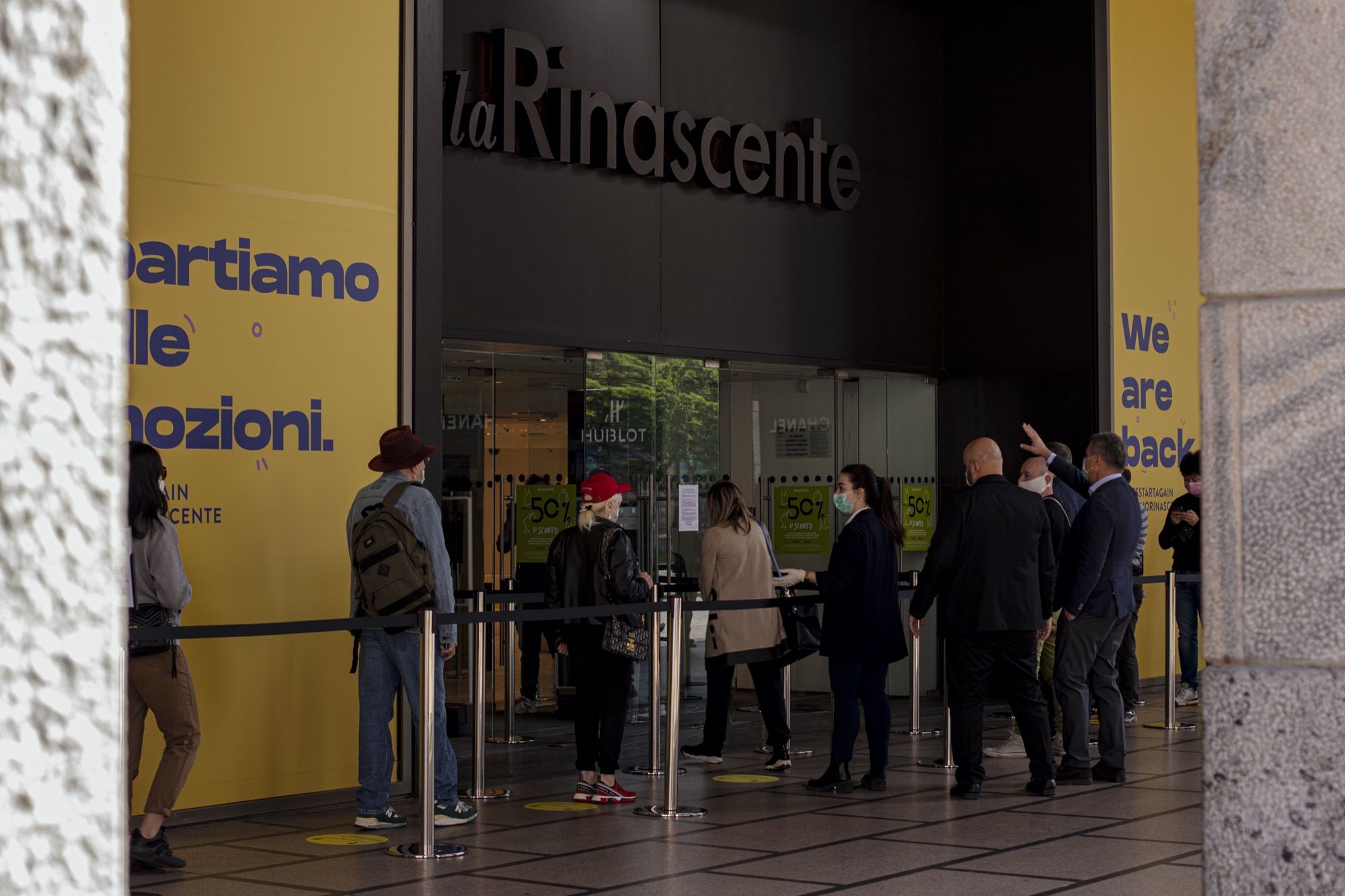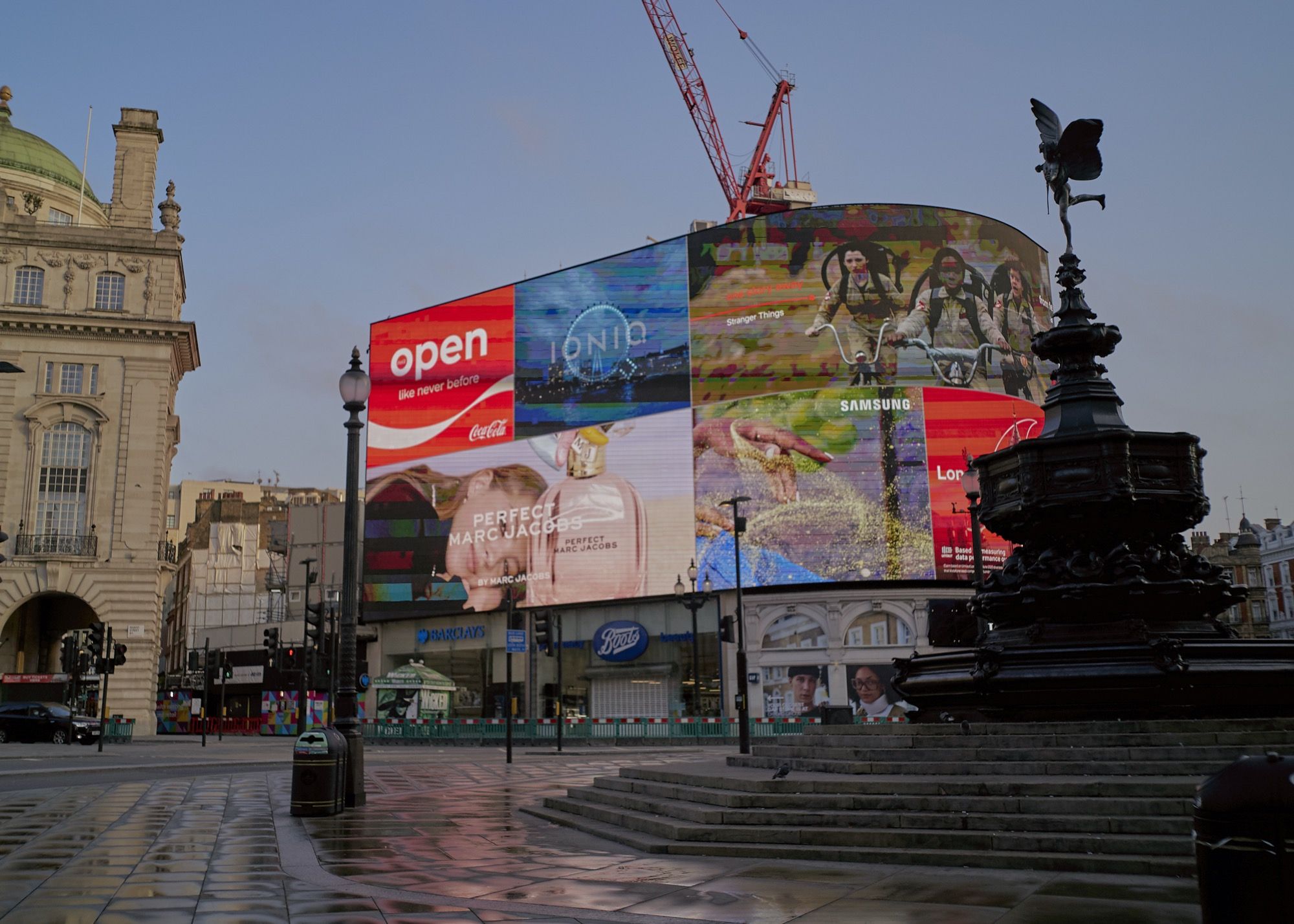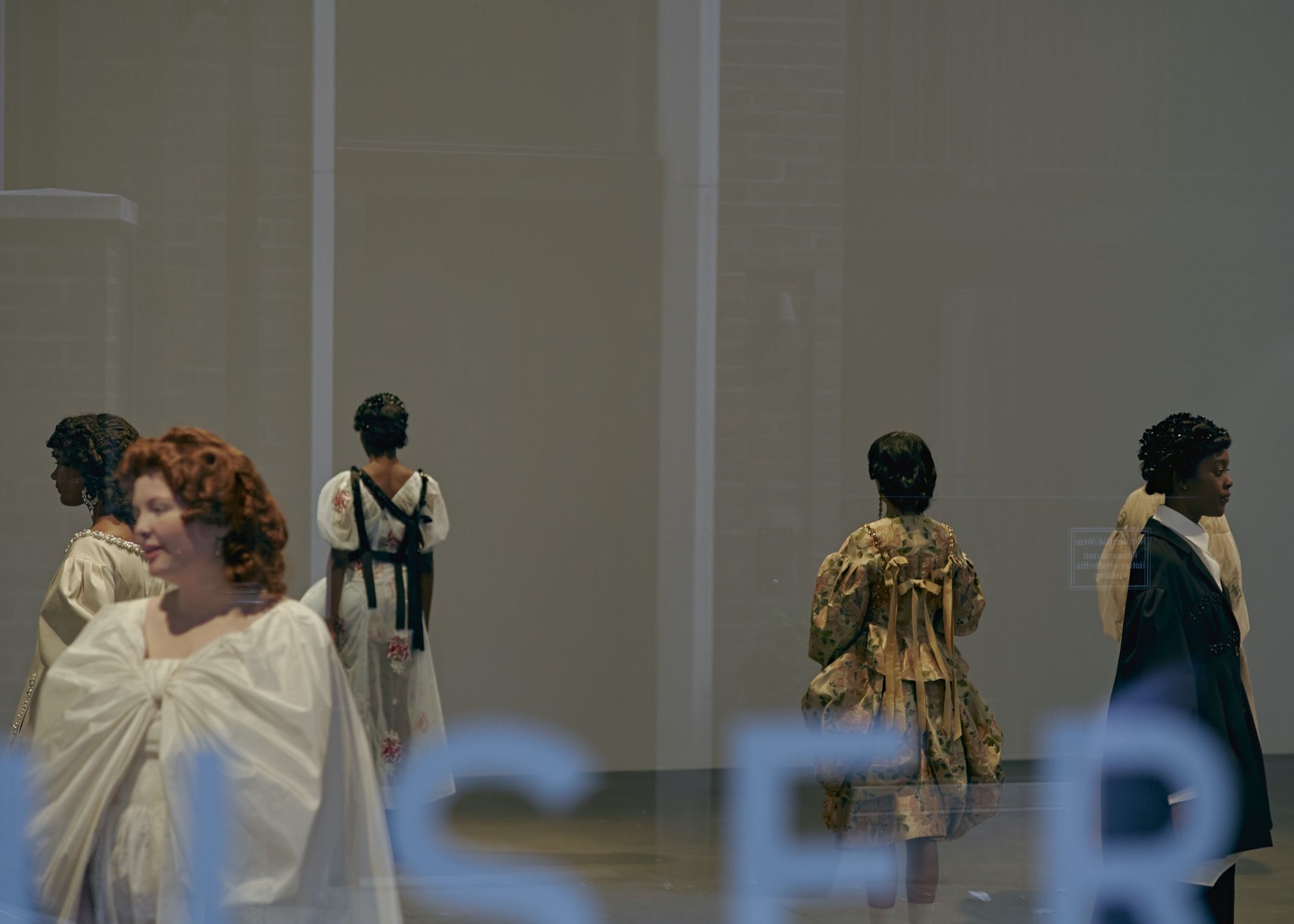
How are fashion brands getting ready for a second lockdown? With a focus on e-commerce and with efficient logistics centers
With the constant spread of the epidemic and the consequent introduction of new restrictive measures in many countries around the world, the fashion industry is once again forced to come to terms with an emergency situation that seemed to be (at least partially) overcome. If curfews are enacted in Italy and shopping centres are closed on weekends, stringent measures also force France, the United Kingdom and partly the United States to limit travel and contacts, while in China the pandemic now seems a past memory, in a renewed growth that will lead the superpower to (further) dominate the luxury market. What awaits the fashion brands now is a necessary reflection on the actions to be taken in order not to succumb.
The end of the physical store
Both in the event of a total lockdown and with less severe limitations, the physical store is no longer the place for shopping, an awareness that became clear right away, already in March. The first changes introduced to cope with the emergency, which appeared temporary, soon became lasting and structural changes. A perfect example of this is the organic shift towards e-commerce, an evolution that will probably see no coming back, in a cause-effect chain that has decreed the end of department stores. The crisis that had already hit American institutions such as Neiman Marcus - which has already declared bankruptcy - Nordstrom and even before that Barney's, will only be exacerbated and accelerated in a probably irreversible way by the changes and new shopping habits that the pandemic has generated. It is therefore not surprising Gucci's decision to no longer sell within multi-brand stores, with the aim of strengthening direct sales channels and restoring a sense of exclusivity. The case of Rinascente is an exception, a historical department store that managed to face the lockdown without an e-commerce website, focusing instead on an On-Demand service, which favours the direct relationship between sales assistant and consumer. H&M's announcement of the closure of 250 stores in the upcoming months demonstrates how, also due to a pre-existing difficult situation, the physical store has now become a burden, often a burden to get rid of - with all due respect for the workers - a gap that can be largely filled with an efficient online store.
There are many small and medium brands that understood during the health emergency when their products were stuck in closed and dusty department stores, that this is no longer a winning retail model, but it was too late to renegotiate agreements and contracts. But not only that: the pace at which the fashion world used to travel, always looking to the next season, forced department stores and multi-brand stores to place their orders well in advance, a practice that inevitably penalized them and the brands concerned during the lockdown, causing a short circuit of collections and sales.
A focus on the e-commerce
An online store is not enough to say you've made it. Today, more than ever, brands need to invest in their e-commerce, enhancing them, expanding them, renovating their websites to make them consumer-friendly, easy and intuitive. In this context, a communication that is not necessarily linked to the shopping experience, but that goes further, which lives through projects, campaigns and social initiatives, a science perfected by Jacquemus during the lockdown months, or targeted newsletters, is key, in order to form a narrative that is coherent and that makes the difference in the building of the brand identity. The digital presence, in fact, is essential to keep consumers engaged, involved, connected, in a broader attempt to establish a mutual relationship of confidence between brand and consumer.
Having an efficient online store does not solve all the problems though. One of the thorniest issues gripping the fashion industry, both in the fast fashion and luxury sectors, as proved by the scandals of H&M and Burberry, is that of inventory, the huge volume of unsold goods that are very difficult to dispose of but no longer salable. Given that the most correct and sustainable solution would be the simple decrease of production, the excess merchandise leads brands to operate promotions and discounts, which inevitably affect the brand's sales and earnings, as well as having negative effects on its reputation. As BoF also reports, it will take years for the industry to work through the inventory of the first lockdown - and probably of the second as well.
E-commerce can be defined as efficient when another sector, the logistics sector, also works. It is in fact essential that the distribution centres are located in strategic points, in order to reduce shipping costs. Secondly, the division of the goods and the place where they are stored before being shipped can't be underestimated. If there is too little merchandise in the stores this could mean fewer sales and higher shipping costs. If, on the other hand, there were too many goods in other locations, this could represent a problem from the point of view of the sorting and possible shipment to different locations. Precisely to overcome all these problems, an industry-leading partner like Amazon could represent a strategic resource, which is why Jeff Bezos' attempt in the fashion world could work precisely on the basis of the logistic support that Amazon is able to offer to brands.
Will it be enough?
With a supply chain completely disrupted by the health emergency, further aggravated by new measures to contain the virus, it is not clear if and how fashion brands will be able to survive a potential second lockdown. After the return of sweatpants and the debate on leisurewear, it's yet to be seen how we will dress after curfews and limitations, and it could be precisely on this point, the possible discovery of a new trend or the introduction of a new mainstream aesthetic, that the survival of many fashion brands might depend.










































